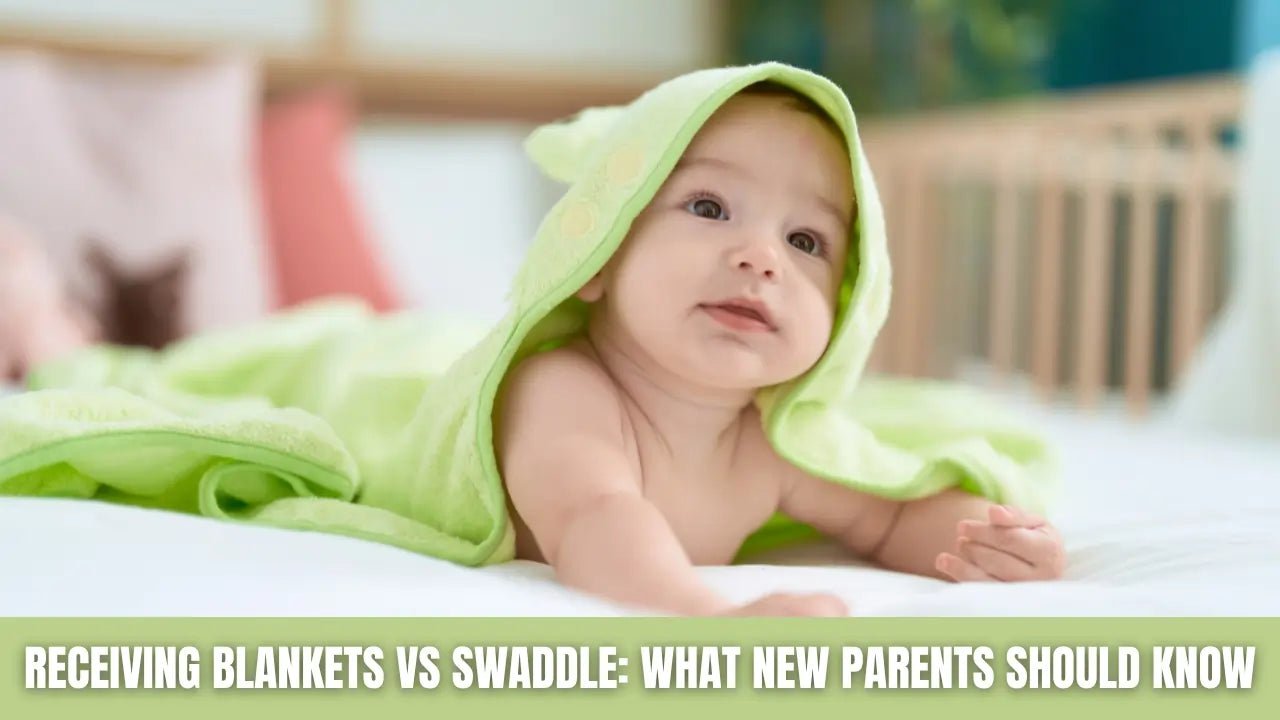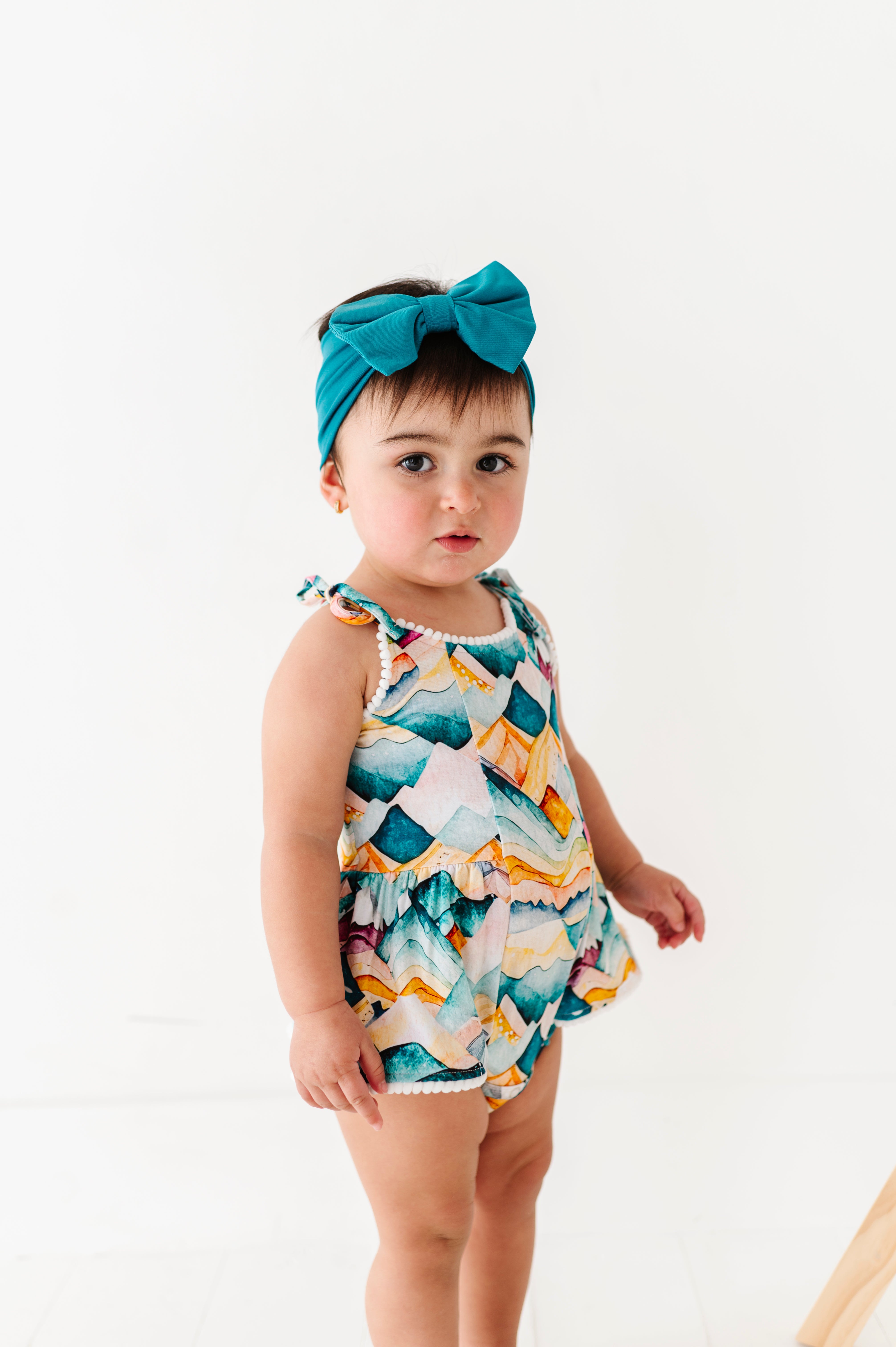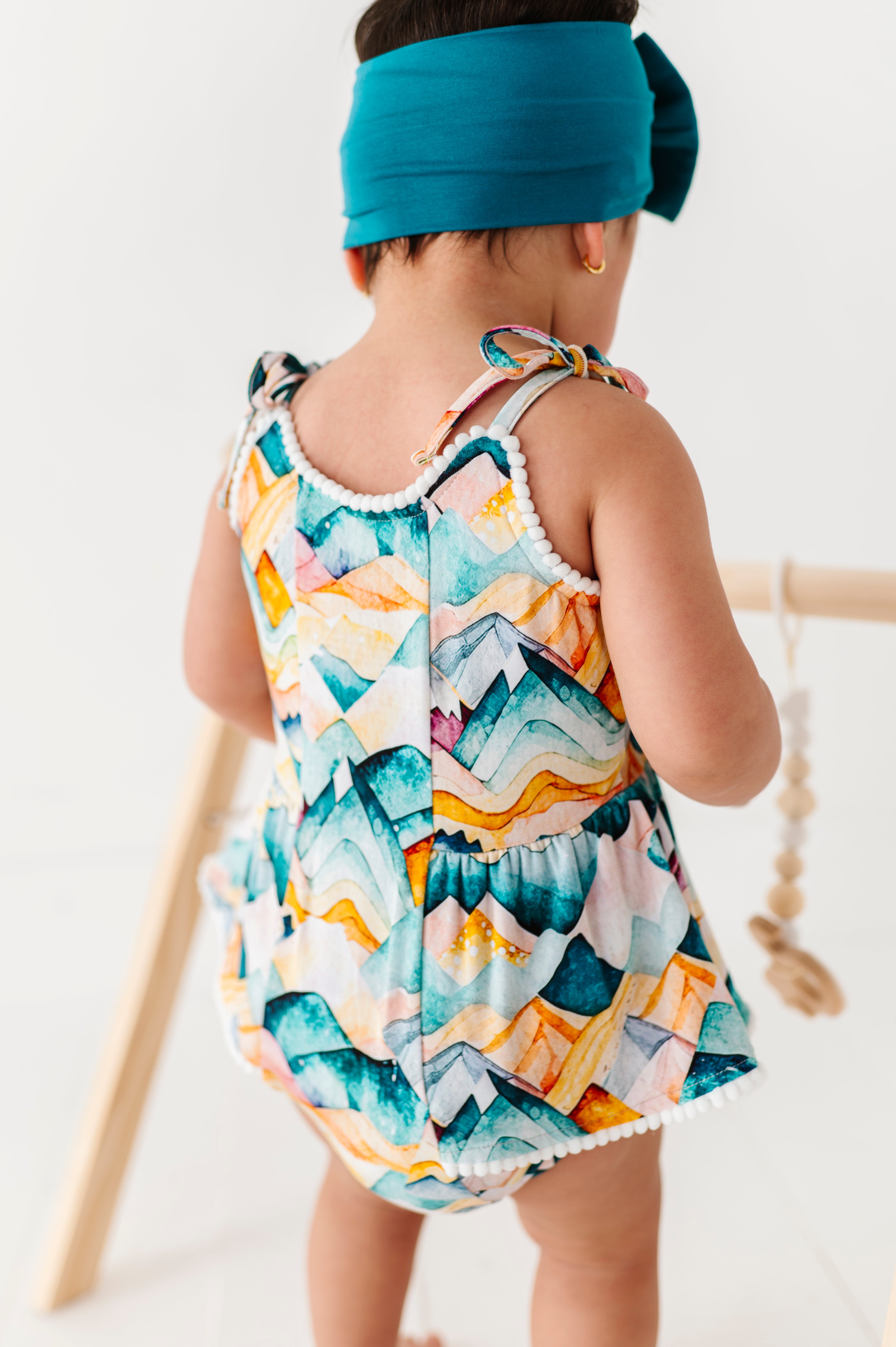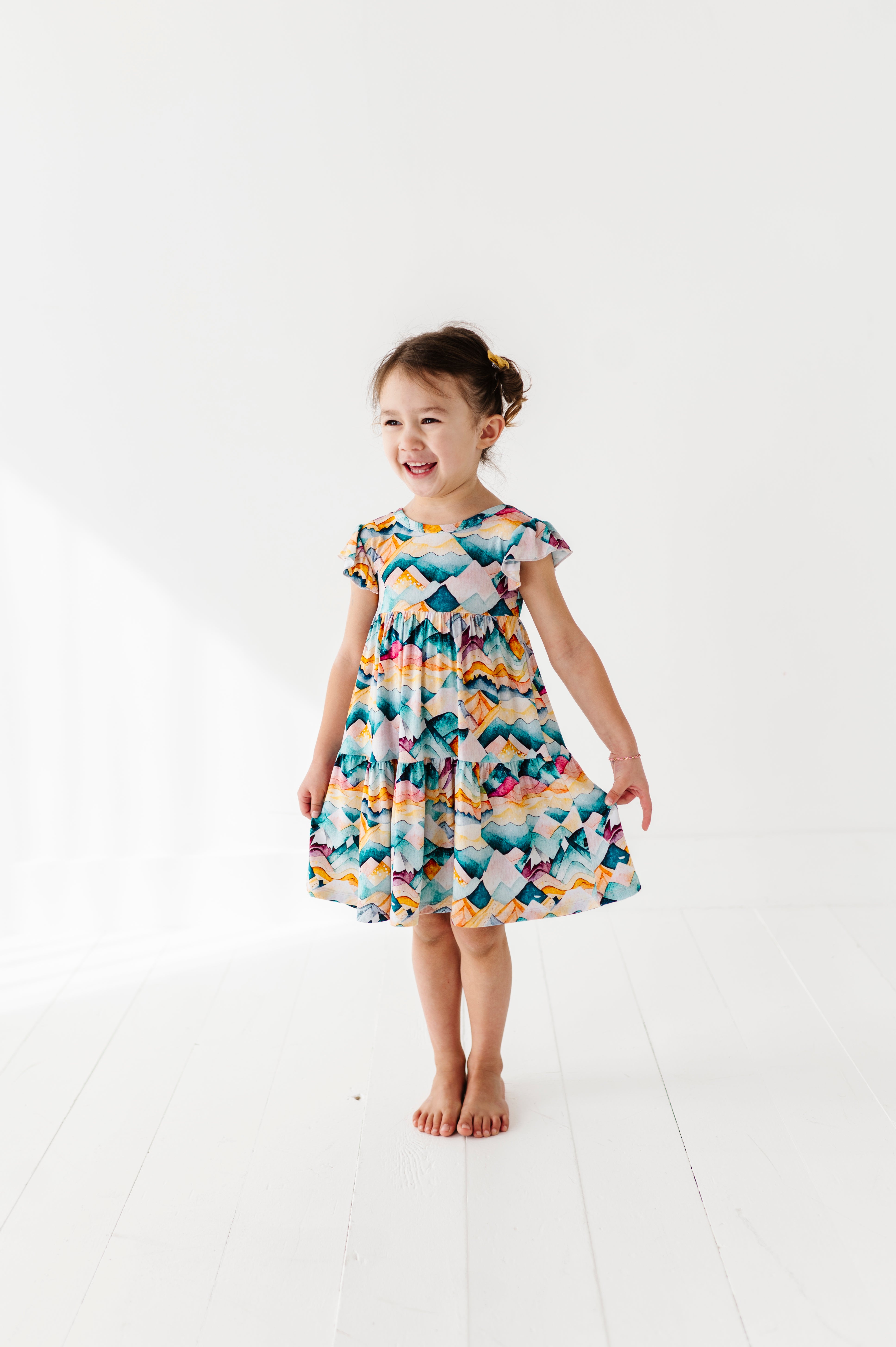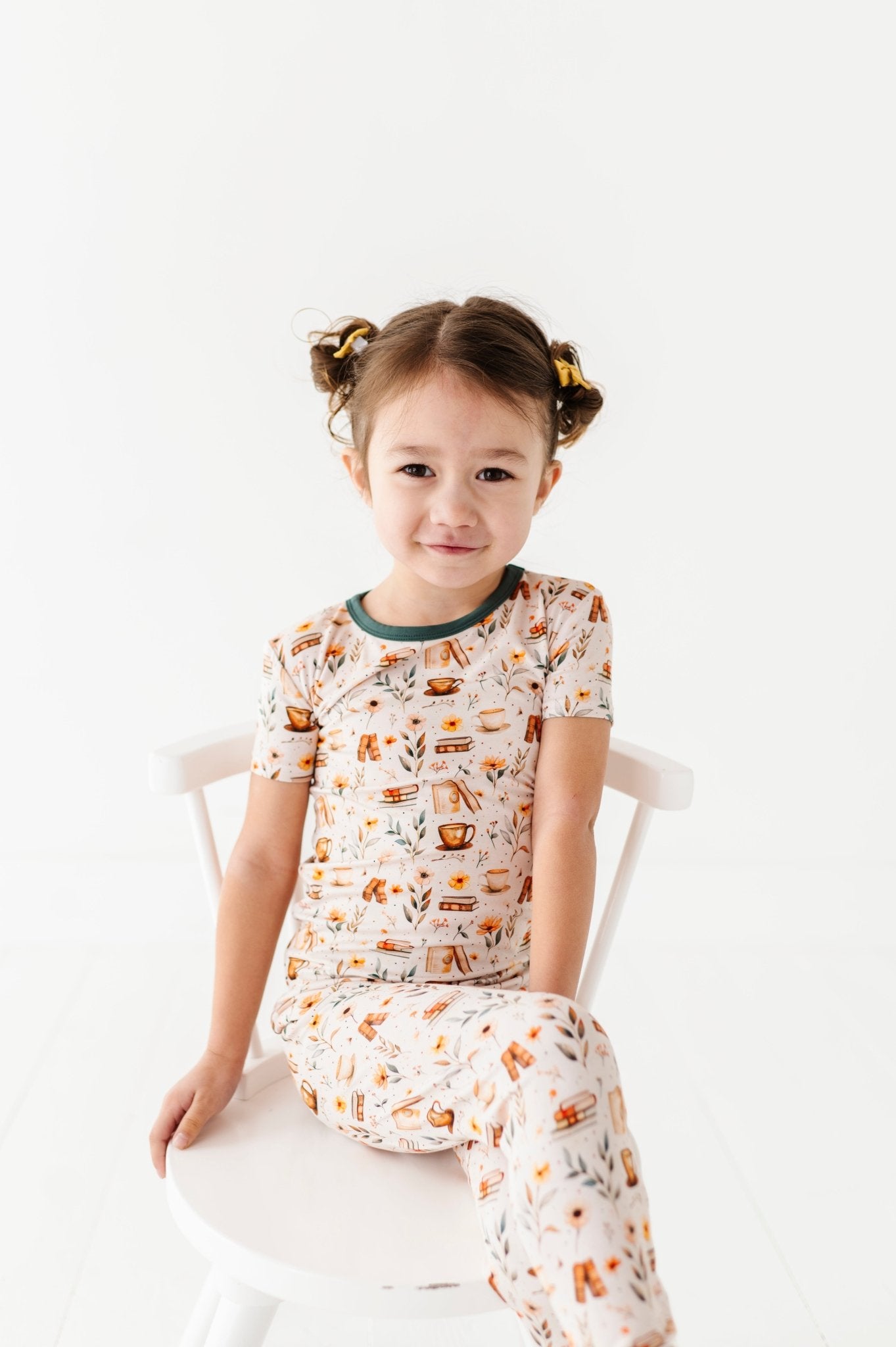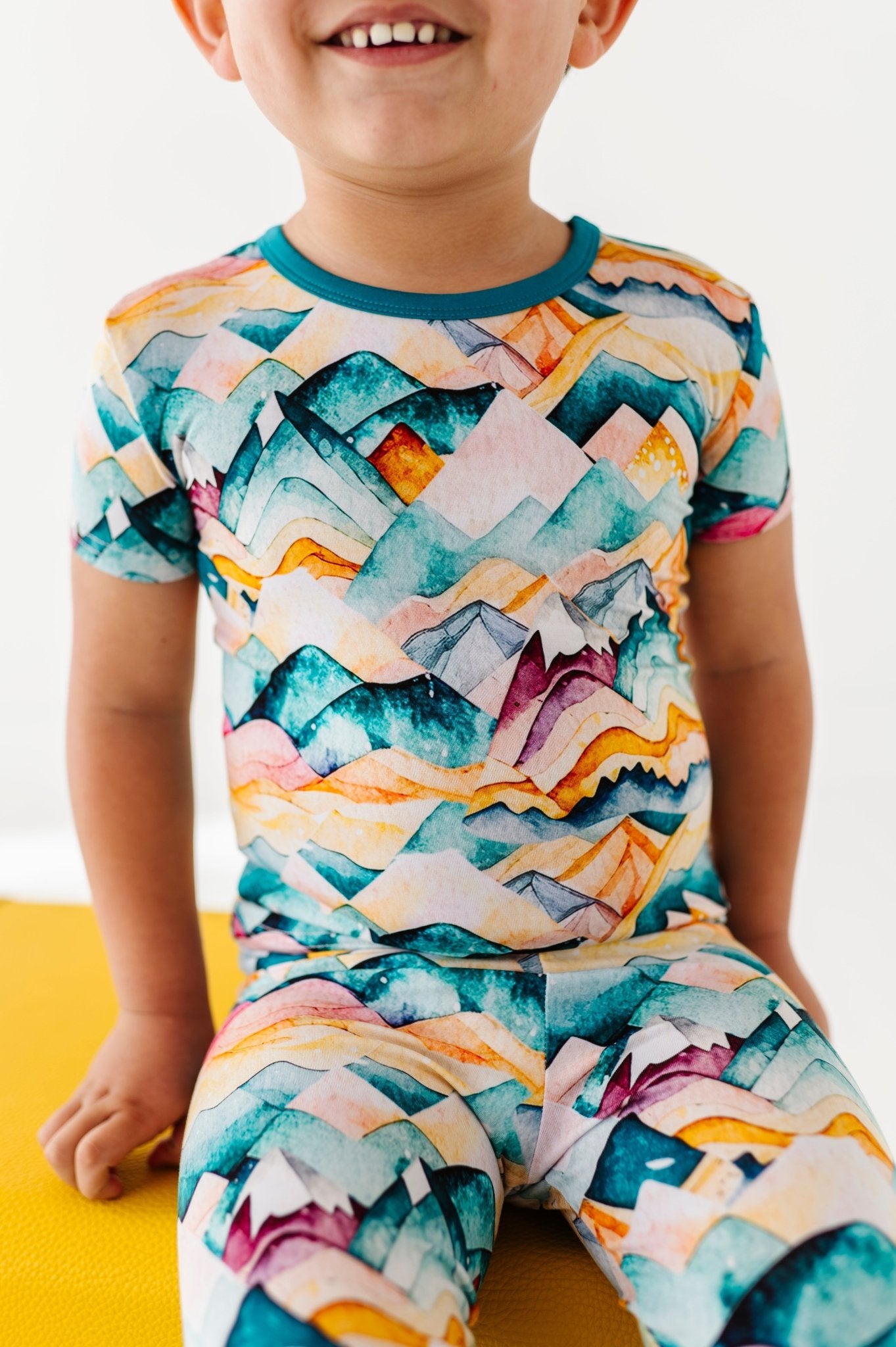New parents face a dilemma about selecting between a receiving blanket and a swaddle. You’re not alone. First-time parents, especially those who have not had children before, tend to mistake receiving blankets for swaddles. Both items share similar appearances, but they serve separate functions in your baby’s care, and knowing these distinctions affects their sleep quality and daily routines.
A receiving blanket serves multiple functions, such as burping and diapering, because it has a square shape, yet swaddle functions specifically for tight, safe sleep positioning. You will probably utilize them both yet for opposite functions.
This guide will explain the differences between a receiving blanket and a swaddle, how to use it, and how to choose what’s best for your baby’s needs. The Sleepy Sloth provides a recommended product selection because every infant requires soothing comfort while parents need straightforward solutions.
What Is a Receiving Blanket?
A receiving blanket can be used in numerous ways during the newborn stage, making it the most required baby essential. The hospital staff uses these soft square cloths to wrap newborns right after birth; thus, the practice earned its name from the term "receiving."
A receiving blanket continues to serve essential functions after hospital births.
A receiving blanket contains these main characteristics:
- Size: The typical receiving blankets measure 30" x 30" or 36" x 36" dimensions.
- Material: The main materials used for receiving blankets come from cotton or flannel, although premium versions use bamboo fabric.
- Design: The blanket has a square design without stretch and lacks any fastening elements.
- Purpose: This cloth serves multiple general tasks.
How It’s Used
- As a burp cloth after feeding.
- The receiving blanket works for fast swaddling procedures outside of sleep time during snuggle sessions.
- As a nursing cover.
- The blanket functions as a sanitary area when helping babies during their time on their stomachs or when changing their diapers.
- For light coverage in a stroller or car seat
A receiving blanket functions as an essential multi-purpose item for baby care since you will use it repeatedly throughout each day in different situations. The receiving blanket functions best outside its sleep-related purpose even though it does not have designated sleeping features.
The Mini Blanket Collection from our brand brings a contemporary version of receiving blankets that use easy-to-wash bamboo fabric, which feels gentle against sensitive baby skin.
What Is a Swaddle?
The effectiveness of swaddling remains true even today since it has been practiced by humans since ancient times. The design of swaddle blankets provides a tight wrap that calms the startle reflex and mimics the womb conditions to help newborns sleep with more ease.
Key Features of a Swaddle
- Shape: A swaddle can be either rectangular or winged with rounded corner designs.
- Material: Usually a bamboo/spandex blend (ideal: 95% bamboo, 5% spandex).
- Stretch: The swaddle features stretch capabilities which enable a proper fitting shape.
- Extras: Some have zippers or Velcro for secure closure
Benefits of Swaddling
- Helps soothe a fussy baby.
- Swaddling prevents babies from exhibiting their Moro reflex.
- Swaddle a baby for an easy and comfortable sleep.
- Encourages better sleep routines.
Newborns from age 0–3 months need swaddles as an essential item for their development. Swaddling should stop once babies achieve rolling-over ability because it becomes unsafe at this stage.
Bamboo Swaddles from The Sleepy Sloth provide lightweight, breathable materials that allow easy swaddling. These swaddling blankets offer the ideal combination of stretch and softness to provide safe and snug sleep.
Difference between Receiving Blanket and Swaddle Blanket
Let’s get specific. These items differ in their performance throughout all essential criteria as shown below:
1. Purpose & Function
- Receiving Blanket: This blanket functions as a multipurpose item for burping the baby and layering the body or for tummy time activities, nursing and casual wrapping purposes.
- Swaddles: This item functions solely for sleep because it lets parents wrap their baby securely for daytime naps and nighttime periods.
2. Material & Feel
- Receiving Blanket: The receiving blanket is made from cotton or flannel materials which provide softness without stretchability.
- Swaddles: Stretchy bamboo/spandex cloth. This is the best option for creating a tight swaddle.
3. Shape & Design
- Receiving Blanket: A receiving blanket comes in square form with basic fabric construction.
- Swaddle: Rectangular or structured shape with stretch or fasteners.
4. Safety & Sleep Use
- Receiving Blanket: The receiving blanket lacks proper overnight safety since it has the potential to loosen and create hazards during sleep.
- Swaddle: Swaddle serves as a specific sleeping tool designed to maintain the safety of babies when they rest.
Do You Need Both a Muslin Swaddle and a Receiving Blanket?
You stand before the baby aisle while holding one hand each on a swaddle and a receiving blanket, feeling lost and exhausted as you ask yourself whether both items are necessary. The absolute answer to this query is yes. These items do not serve the purpose of increasing sales for brands, although they exist.
Having both items matters because they solve unique problems, which will be beneficial during sleep-deprived spit-up chaos.
The market promotes products that combine both wrapping functions, yet no universal solution exists. A receiving blanket provides ideal solutions for fast cleaning and both coverage and body contact. Swaddles have sleep safety and baby soothing functions as their core purpose. Parents tend to use receiving blankets during everyday situations, including driving and couch time, and feedings, but swaddles serve their sleeping needs throughout naps and overnight rest. Here’s how to use both:
Use a receiving blanket for
- Burping after feedings.
- Covering baby in a stroller.
- Changing diapers on the go.
- Light snuggles at home.
Use a swaddle for
- Bedtime and nap time.
- Soothing a fussy newborn.
- Establishing a calming sleep routine.
Your parent supply should include three to four receiving blankets alongside two to three swaddling blankets, which you should continually switch between. You will discover how frequently you end up using both of these items.
Pair with Sleep Essentials for Ultimate Comfort
Do you wish to assemble a comfort package for your baby, or do you plan on giving a thoughtful present at a baby shower? To enhance comfort, you should combine the following essentials with a Sleepy Sloth swaddle:
- Zip Jammies function as an ideal choice for effortless midnight diaper changes when worn beneath a swaddle.
- Sleep sacks serve infants who have finished swaddling around their third month.
- The sleep setup needs soft, breathable Crib Sheets to complete its bedding design.
- Mommy & Me Sets provide special bedtime moments through bamboo-soft clothing that matches both mother and child.
These complete sets function as an environment that creates comfort for sleep time and offers opportunities for bonding while supporting daily routines.
When Should You Stop Using a Swaddle?
Swaddling as an infant care practice exists only during a temporary period since it should stop when your baby starts showing signs of rolling over. Swaddling provides essential help during the newborn period as a way to keep your baby calm and secure, yet it becomes unsafe whenever your baby demonstrates rolling movements that typically occur between 8 to 12 weeks of age. The question arises when parents need to transition away from swaddling.
You should stop using a swaddle when your baby starts escaping from the wrap during nighttime rest, which shows signs of rolling onto their side or becoming too agitated from being wrapped. If you wrap your baby in a swaddle after the rolling milestone, this exists as a hazard because it raises their risk of sleep time suffocation accidents. Parents who want to find secure substitutes for traditional swaddling methods start their search at this point. Once it's no longer safe to swaddle your baby, the next step is introducing the sleep sacks to maintain warmth and comfort without the risk.
What to Use After Swaddling: The Safe Transition to Sleep Sacks
Your baby no longer needs swaddling but must avoid loose blankets before starting with sleep sacks. Baby sleep sacks provide movement freedom while giving your baby protective warmth through their wearable blanket design. The design of sleep sacks ensures safe crib conditions because it eliminates the need for loose bedding, as recommended by pediatric experts. A sleep sack protects your baby when worn over onesies or pajamas for naps and night sleep while maintaining their coziness throughout the entire night.
The Sleepy Sloth offers a Sleep Sack Collection that uses soft bamboo materials to maintain ideal body temperature and provide gentle skin protection. The Sleepy Sloth collection functions as an ideal solution for babies after you stop using swaddling techniques. Your baby will adapt better to sleeping without the swaddle after you introduce a sleep sack during the initial stages of swaddle-weaning.
How to Transition from Swaddle to Sleep Sack (Without Chaos)
Moving a baby from swaddling to using a sleep sack can be accomplished without major difficulties. Your baby can usually adapt to sleeping without a swaddle when the transition is carried out over several days. Most parents who want to help their babies transition use the following strategy:
- The first step involves allowing your baby to free up one arm during napping time while maintaining swaddling for the remainder of their body. The experience allows babies to adjust their movement. Move to exposing both arms from the swaddle and maintaining the torso still wrapped in the fabric after several days of use.
- After your baby gets used to sleeping with his or her arms unfettered, you can then transition to a sleep sack. The transitional method maintains their comfy attachment to swaddling as they create new sleep behaviors independently.
- Your baby will progress from swaddle dependency to using sleep sacks for safe and comfortable sleep.
During the transition phase, layer your sleep sack over soft pajamas like Sleepy Sloth Zip Jammies for ultimate comfort and easy diaper changes.
Receiving Blanket vs Swaddle: Real-Life Scenarios That Help You Choose the Best Way To Wrap Your Baby Safely
Sometimes the best way to understand the difference between a receiving blanket and a swaddle is by imagining actual parenting situations. Parents usually employ these items in the following way:
Scenario One: Midnight Feedings
It's time to take your baby from the bassinet before starting their feeding session. You cover your baby with a receiving blanket to provide warmth since they should remain asleep. The same blanket that you use during feeding helps you to burp your baby and remove milk from their face. At this time, the receiving blanket functions as your most valuable piece of equipment.
Scenario Two: Nap Time Fussiness
Your tired baby flails their arms while remaining unable to find relaxation. You hold up your stretchy swaddle before tightly wrapping your infant inside before putting them in their crib. The snug wrap helps relax their muscle reflexes which quickly leads to sleep. The swaddle wins the day.
Scenario Three: Afternoon Outing
You use a receiving blanket as a safe base for tummytime activities in the grass of the park. This one item serves as both a play surface and sun protection and a security blanket. The receiving blanket demonstrates its adaptability for a second time.
It's important to note that a combination of these baby products will enhance your daily routine because each product excels in different situations.
Baby Shower Gifts: Why You Should Include Both
Building a baby registry or shopping for baby shower presents requires you to include both the best-receiving blankets and swaddling materials. The daily needs of parents are met through the availability of numerous soft and clean items. A thoughtful gift bundle contains:
- A pair of bamboo swaddles for sleep.
- The gift package should contain a collection of receiving blankets suitable for mobile situations.
- The transition period requires one or two sleep sacks for the baby.
- A comfortable pair of Zip Jammies works well for layering purposes.
- A mini blanket for comfort and travel.
Bundle Suggestion
You can assemble a personalized gift box from the Sleepy Sloth collections mentioned below:
Your gift selection should include comfort-oriented items made with bamboo and spandex materials because they provide both practical benefits and superior quality.
Featured Sleepy Sloth Favorites for Every Need
Parents choose the Sleepy Sloth brand as their top selection because it delivers essential functionality alongside the benefit of softness. These selected pieces from the receiving baby blankets and swaddles category are among the best options in their category:
- Mini blankets: Mini blankets serve triple purposes, such as receiving blankets while providing comfort and functioning as travel essentials.
- Bamboo Swaddles: Made with 95% bamboo and 5% spandex for the ideal amount of stretch
- Sleep Sacks provides a warm and risk-free option for infants after they stop using the swaddle.
- Zip Jammies have been specially engineered to allow convenient diaper changes during the night.
- The Mommy & Me Sets provide the best opportunity to create matching outfits with your child.
Sleepy Sloth creates its products from ultra-gentle materials specifically to assist parents during actual parenting situations, which might include nighttime struggles or quick embraces.
Receiving Blanket vs Swaddle. Which One Wins?
By now, it’s clear that the real answer to the receiving blanket vs swaddle question isn’t “either/or.” It’s both. Each serves a unique purpose. The receiving blanket stands as your main tool to manage day-to-day situations, including feedings and cleanups, as well as stroller time and fast wraps. It functions as an essential tool for your baby's equipment collection.
Swaddling functions as the champion of nighttime rest. A swaddle works as an effective tool to quiet down newborn reflexes and promotes better rest by developing important sleep patterns during the early months. Knowledge about proper essential use will deliver more benefits than just a prepared diaper bag. It gives you confidence. These items establish improved schedules along with better progress between activities while generating serene evening rest.
Give With Meaning, Shop With Confidence
Selecting a meaningful product for personal use or a baby shower gift requires detailed knowledge of what each item does in practice instead of the surface-level appeal of its presentation. Sleepy Sloth emerged because it provides parents with bamboo-based essentials that combine breathable properties with softness, stretch, and durability.
Our entire product line includes swaddles, sleep sacks alongside mini blankets, and zip jammies which we design for maximum comfort and ease of use without any trade-offs. Online shopping requires a simpler method, which you can try. Clients can begin their purchases by selecting from prepackaged bundle options or by customizing their selections from our product collections.
Conclusion
At the end of the day, the receiving blanket vs swaddle debate isn’t about choosing the better product, it’s about understanding how each one supports different moments of your parenting journey. During the earliest sensitive time, newborns experience better sleep when they are swaddled because this method recreates their familiar womb environment.
Your daily routine comprises receiving blankets used for burping while feeding and changing purposes and for quick newborn Huggins. When your child becomes older, sleep sacks create relaxed bedtime conditions that surpass swaddling limitations. And mini blankets? These items accompany you everywhere because they provide familiar comfort and a comforting surface no matter what location you are in.
Every baby item displayed at the store does not equal a necessary requirement. The correct necessities for real-life situations become accessible to you after determining which ones work best. The Sleepy Sloth serves families by providing safe and breathable comfort for babies through their selection of sleep products and accessories that also deliver soft elegance. Explore The Sleepy Sloth Collection now to provide the much-needed rest and gentle embraces your child truly needs.
